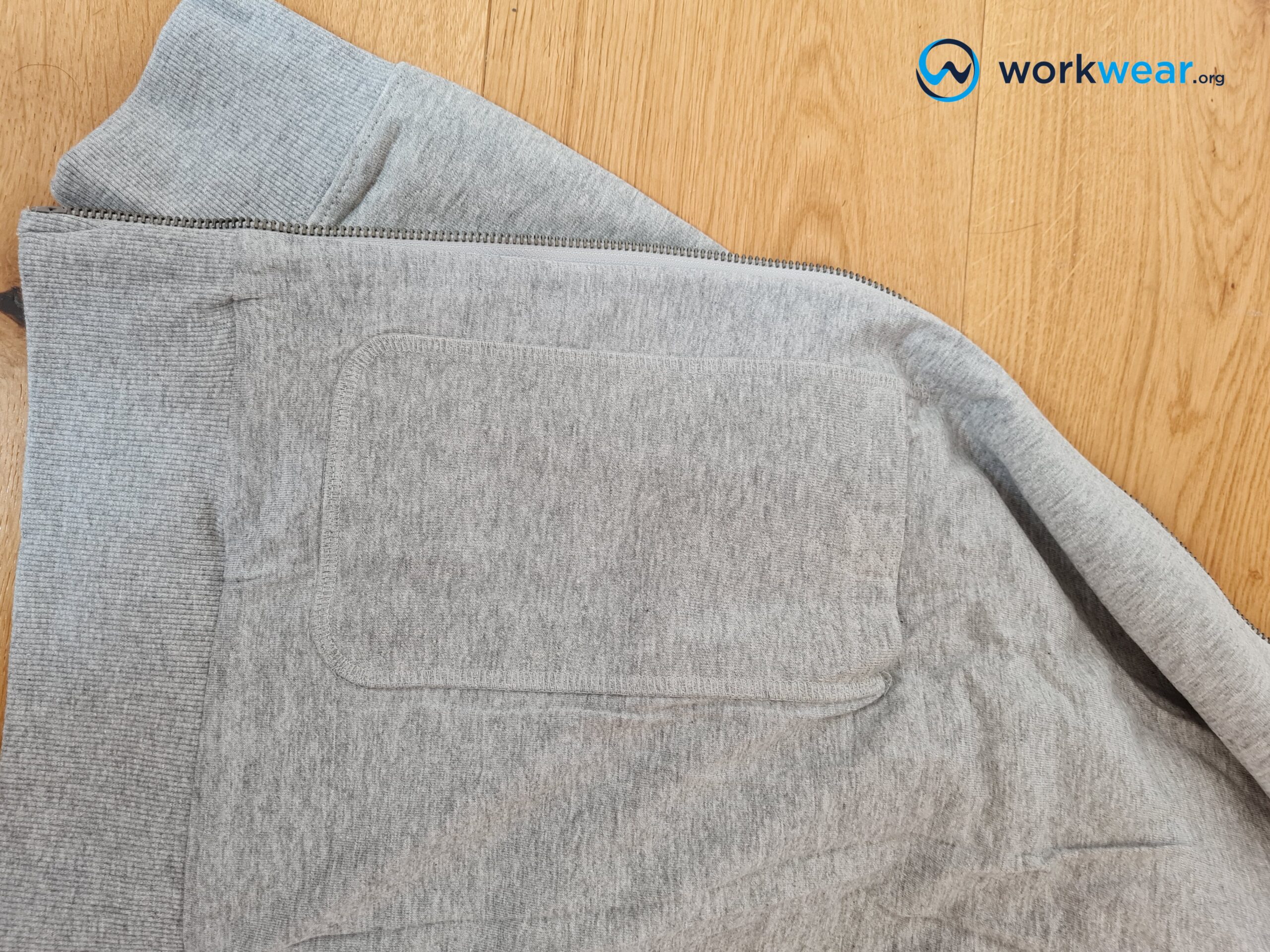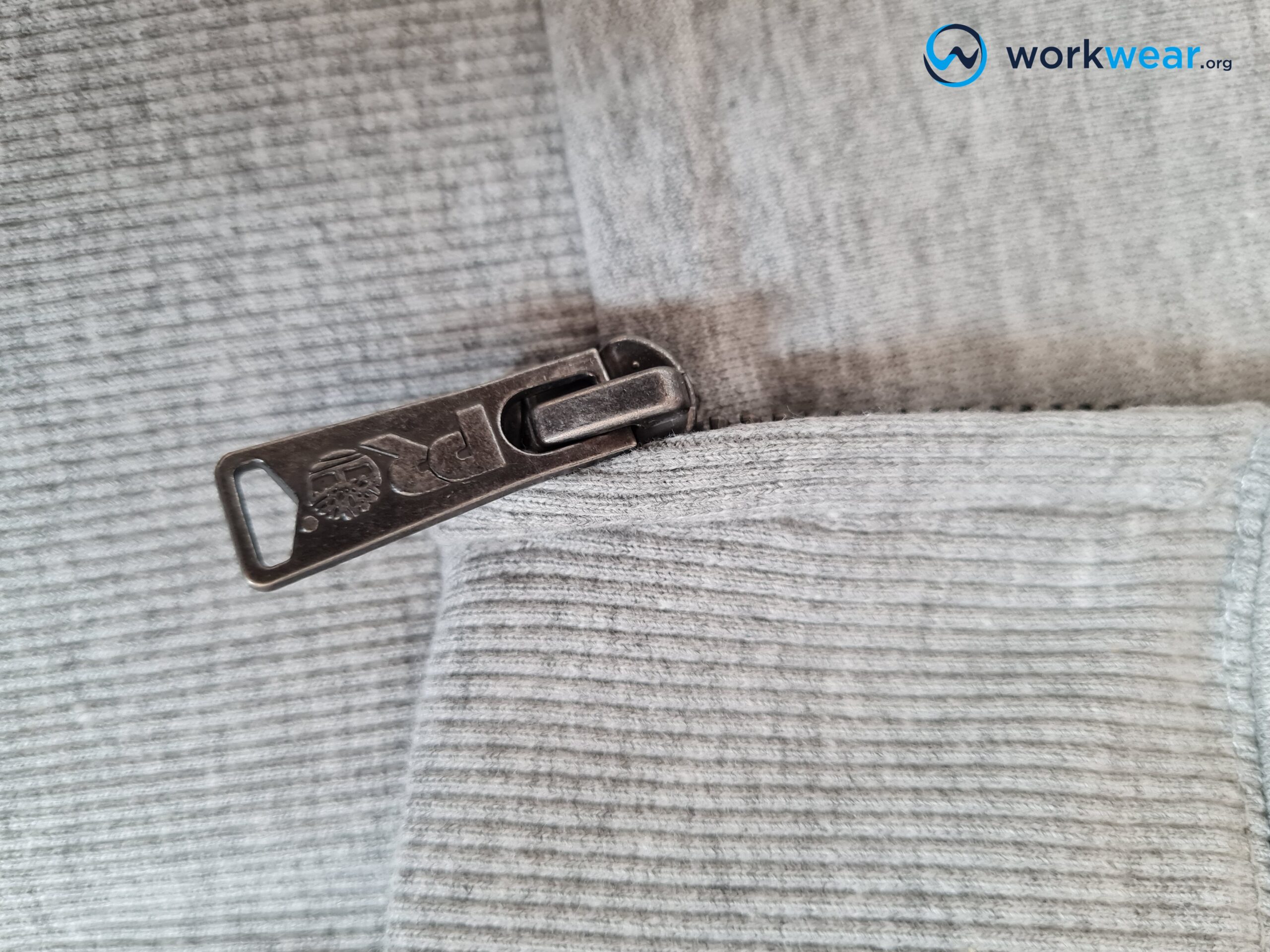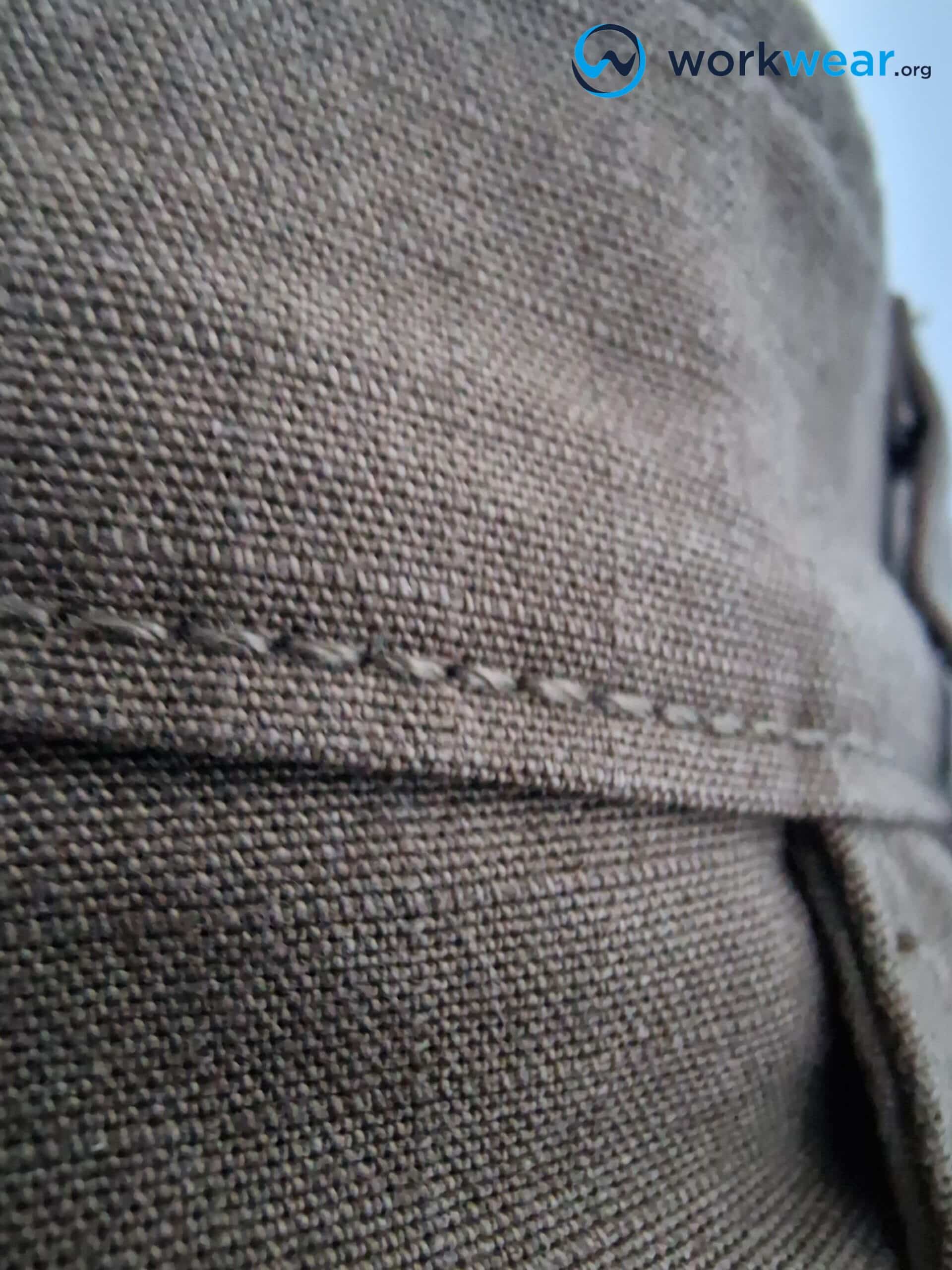Polyester Vs Recycled Polyester – Comparison

For many reasons, recycling polyester is used more and more in the clothing and workwear industry. This article explores recycled polyester and how it differs from normal polyester.
As one of the most typically used materials in the textile industry, more than 60 million metric tons of polyester fibers were produced in 2021 globally. The immense popularity of polyester in clothing, owing to its sweat-proofing ability and elasticity, is one of the primary reasons behind this wide-scale production.
However, producing polyester can harm the environment, and because it does not biodegrade, it must be recycled. This recycled polyester, another form of the same material, provides a more eco-friendly solution.
So how do these two materials differ from one another? And are there any benefits of opting for one over the other?
This guide delves into how virgin polyester compares to recycled polyester in production and application.
What Is Polyester?
The most typical polyethylene terephthalate (PET) polyester is a synthetic and manufactured fiber derived from a chemical reaction between water, petroleum, and air. First patented in 1940, its use has augmented, primarily in producing products such as clothing, industrial fabrics, and furnishing.
It is trendy in the sports textile industry because of its advantageous qualities. Polyester fabrics are highly abrasion-resistant, elastic, moisture-absorbing, and easier to care for than other fabrics.
However, polyester comes from a non-renewable source (petroleum) and is not biodegradable, posing a threat to environmental sustainability. In addition, it can take more than 200 years for this material to decompose, polluting the environment in the process fully.
Common Uses for Polyester
Polyester uses are so multifaceted that its traces are found in almost all aspects of modern life. Some of the most common purposes that this material is used for include the following
- Threads and yarns
- Luggage bags
- Upholstery fabric
- Food and beverage containers
- Hosiery
- Sportswear
How Is Polyester Made?
There are several kinds of polyesters, and the particular processes for each vary by manufacturers and are proprietary information. However, the general procedure involves the following steps:
- Petroleum reserves form over several millions of years in nature.
- Petroleum is then extracted through gigantic drilling machines from the earth and is treated to make it transport-ready.
- It is transported to special refineries through pipelines, ships, tankers, or trucks. The refineries break down the petrol molecules into functional parts using fuel, heat, solvents, high pressure, electricity, and catalysts. This process is also known as cracking. Refineries derive several photochemical products from petroleum, but p-xylene and ethylene are monomers used specifically for polyester production.
- Ethylene is further broken down by using pressure, heating, cooling, and even a catalyst to produce raw materials necessary for polyester production, such as ethylene glycol. Terephthalic acid (TPA) and dimethyl terephthalate (DMT) – organic compounds derived from P-xylene – are the two primary acids used in polyester production. TPA and DMT are transported in tanks in molten stored form from refineries.
- A polymerization process is carried out to produce PET (polyethylene terephthalate), the same plastic used in plastic soda bottles. PET is then combined with ethylene glycol, TPA, or DMT (depending upon the process) by high pressure and heat. As a result, a liquid with honey-like viscosity is produced, which is then extruded, dried, and chopped to form plastic pellets.
- PET plastic pellets are used to make polyester fibers. The pellets are extruded and melted through minute holes known as spinnerets to form long threads, which are then cooled down into a hardened fiber through a process known as melt spinning. The quantity and shape of these holes are alterable to form fiber with varying qualities. Finally, the fibers are neatly twisted together to form polyester yarns and are wound on bobbins to be woven into fabric.
What Is Recycled Polyester?
In contrast to its environmentally hazardous counterpart, Recycled Polyester provides an eco-friendly solution with many of the same properties.
Recycled polyester is made through an elaborate process involving collecting plastic waste (such as fishnets and plastic bottles), shipping them to refining and processing facilities, melting them into pellets, and spinning them to form recycled and new polyester fiber.
Recycled polyester possesses the same elasticity, consistency, color fastness, abrasion resistance, and moisture-wicking ability as virgin polyester. However, its recycling production procedure renders it much more environmentally friendly and sustainable than polyester. Because of these qualities, most sports-fabric manufacturers are shifting to its use instead of virgin polyester.
Recycled polyester saves natural resources instead of prompting more oil into the already-degrading environment. It also saves more than one liter of oil per kilo of recycled, sustainable material. In addition, recycled polyester decreases the load of plastic waste in the environment and saves energy throughout the production process by 50% as compared to virgin polyester. It also produces 70% less carbon dioxide emissions, one of the most significant contributors to the greenhouse effect and climate change.
How Is Recycled Polyester Made?
Recycled polyester is created either chemically or mechanically by collecting PET – typically in the form of used plastic bottles – sorting them out, washing them, and breaking their material down to be refined and spun into yarn. This yarn is adaptable to cover performance technologies such as temperature regulation and moisture wicking.
Mechanical recycling involves cleaning, chopping into flakes, and sorting plastic bottles by color. They are then melted down into chips and undergo an elaborate texturing and extrusion process to turn them into fibers.
Chemical recycling, in contrast, requires a series of chemicals. The PET is broken down after cleaning, and the resulting material is spun into yarn. However, this method requires the same fabric to ensure seamless working.
Polyester and workwear
More and more workwear companies make recycled polyester products because they are more environmentally friendly. These include Carhartt and Timberland Pro. We’ve had the chance to wear and test quite a few high-quality products made from recycled polyester, and we confirm that we are happy with the material’s durability. Some products from recycled polyester that stood out are:
Polyester Vs Recycled Polyester – Comparison
| Property |
Polyester |
Recycled Polyester |
|---|---|---|
| Formation |
|
|
| Durability |
|
|
| Stretch and wrinkle-resistant |
|
|
| Sustainable |
|
|
| Breathable |
|
|
FAQs
- Is recycled polyester better?
- Yes, recycled polyester is better than normal polyester in terms of environmental friendliness and sustainability.
- Is recycled polyester the same as polyester?
- No, recycled polyester is not the same as polyester. Normal polyester is made chemically from petroleum, whereas recycled polyester is a sustainable recycled product of used polyester or plastic. However, both of them are similar in properties.
- Is recycled polyester comfortable?
- Yes, recycled polyester is highly comfortable, sweat and wrinkle-resistant, flexible, and stretchable. It possesses similar properties to virgin polyester.
- Is polyester safe?
- Polyester is generally safe to wear but requires caution from people with sensitive skin as it is made up of several chemicals. These chemicals can prove tough on the skin and cause rashes.
- Is recycled polyester safe?
- Latest scientific research shows that recycled polyester is safe to wear and does not cause toxicity or harm to human health in any way.
- Is polyester good for summer?
- No, polyester is generally a nightmare in summer when it comes to regular summer wear. However, it is good for a few particular summer occasions as it is sweat and moisture-resistant.
- Is recycled polyester sustainable?
- Recycled polyester is sustainable. However, it is important to be aware that it is still non-biodegradable and thus takes several years to disappear after being disposed of as it still releases plastic microfibers.
- Is recycled polyester warm?
- Yes, recycled polyester is warm because it possesses the same thermal insulation properties as virgin polyester.
678+
Products Reviewed
24+ Years
Combined Experience
500+ Hrs
Field Testing





